We received approximately 40 photographs from 20 photographers. Most of the pictures were excellent. We divided the entries into 3 categories, Land, Sea, and Sky, though we had to fudge a little bit to populate all 3 categories.
Choosing finalists was difficult. We considered what we thought were the scientific and pictorial qualities of the photographs, and also attempted to represent as many photographers and present as much variety as possible. The text was written by the photographers and lightly edited for style.
Here are the finalists in the Land category. Please look through them before voting for your favorite. You will have to be logged in to vote on the poll. We know it is possible to game these polls. Please be responsible and vote only once. If we think that the results are invalid, the contest will be canceled. The photos and poll are below the fold.
The winner in each category will receive a copy of The Way of the Panda, by Henry Nicholls; we thank the publisher, Pegasus Books, for their generosity in providing the books.
Note: Matt Young directed the selection of the finalists and wrote most of this text.
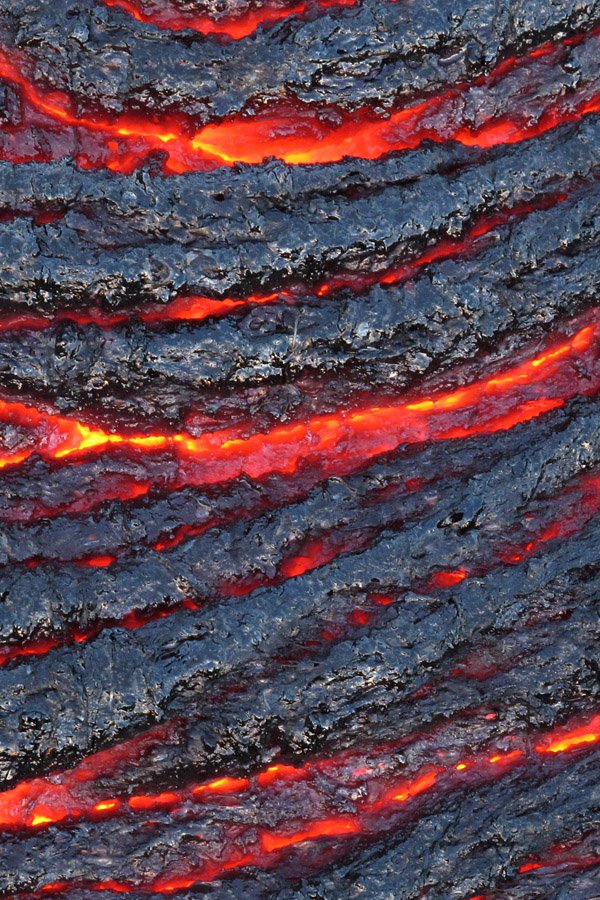
Cooling pahoehoe lava from
Kilauea, Hawaii, by Andrew Cooper — basaltic lava.
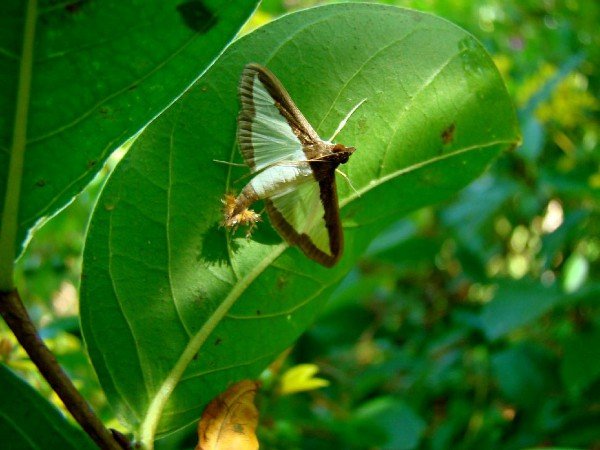
Diaphania hyalinata,
melonworm moth, by Richard Hughes — Brandon, Florida. The moth waves its feathery tail structure back and forth to disperse
pheromones for attracting a mate.
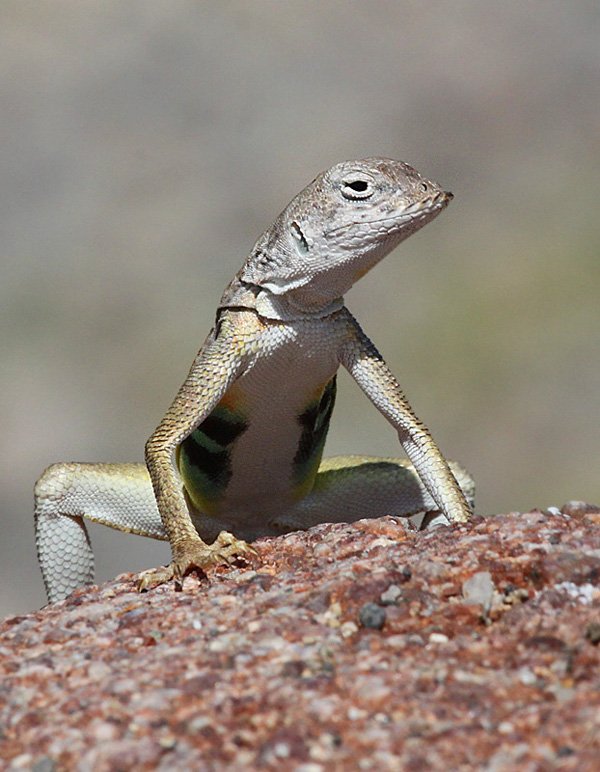
Callisaurus draconoides,
zebra-tailed lizard, by Pete Moulton — this male is basking on a rock near the confluence of the Rio Verde and Rio Salado north of Mesa, Arizona. Mr. Moulton adds, "He's got me sussed, and there's no getting any closer."
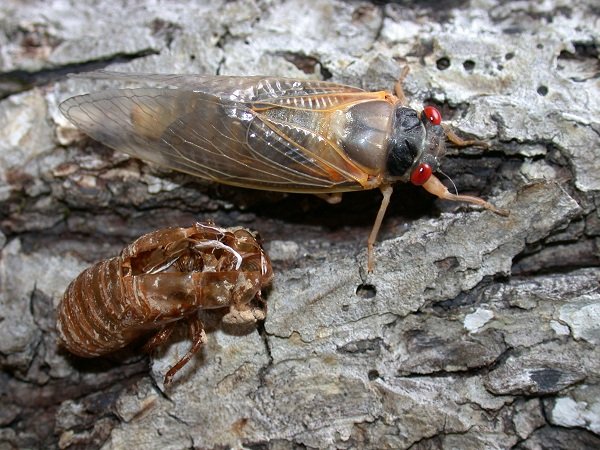
Magicicada sp.,
periodical cicada, by Nicholas Plummer — newly emerged adult with its larval exoskeleton. It is a member of Brood XIX, one of the 13-year populations.
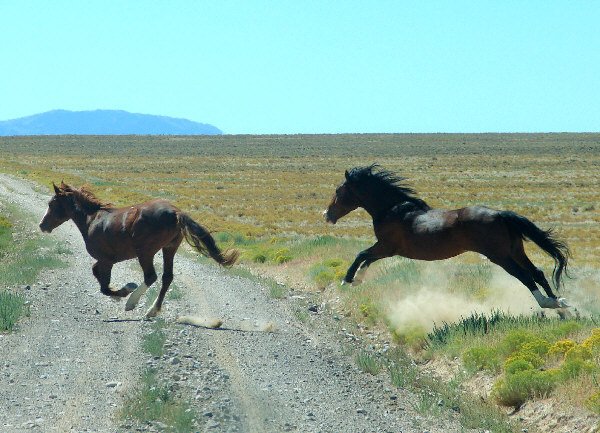
Equus ferus caballus, feral
mustangs, by James Rice — arid basin in Eastern Nevada. Controversy surrounds the presence of feral mustang herds. Supporters argue that mustangs are part of the natural heritage of the American West, whose history predates modern land use practices, and thus the animals have an inherent right of inhabitation. Others remain vehemently opposed to their presence, arguing that the animals degrade rangeland and compete with livestock and wild species for forage. The controversy is further complicated by the claim that horses are a reintroduced native species due to the prehistoric presence of horses in North America
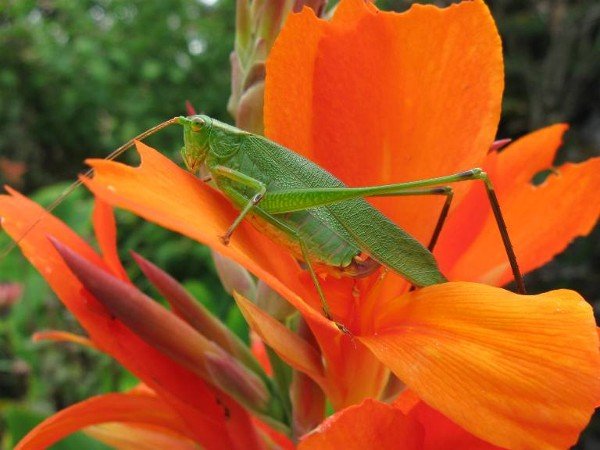
Orchelimum vulgare, common meadow
katydid, resting on a
canna lily,
Canna x, unknown cultivar, by Lynn Wilhelm — Ms. Wilhelm adds, "I'm sure it's the
Tettigoniidae family, quite sure it's the
Orchelimum genus--not completely sure about species."






